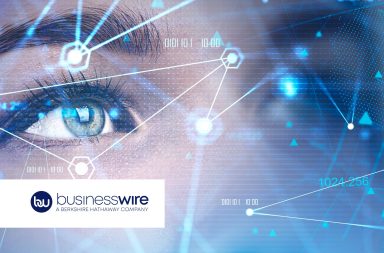New technologies and digital innovation are shaping a new customer journey for the healthcare, changing the face of traditional touchpoints and making new ones emerge
Until a few years ago the customer journey was very simple and was essentially based on the relationship between doctor, patient, hospital or pharmaceutical company. The doctor-patient relationship was mostly offline and the interaction was limited and could include visits to the studio or hospital. The contact between the patient and the hospital and/or pharmaceutical companies, where not prohibited, is minimal. Physicians, on the other hand, get in touch with pharma through sales representatives, scientific advisors and information material and drug samples. In addition, in the traditional journey doctors inform and update themselves through magazines, conferences and conferences. New sources of information emerged with the spread of new technologies, establishing themselves as the true touchpoints of customer yourney in the health field, both from the point of view of patients and healthcare providers.
The patient journey today has become a universe populated by myriads of touchpoints which, at the moment, are not coordinated with each other, but which are becoming increasingly crucial elements of medical-patient interaction, especially during treatment or in the aftercare phase. An example are the digital services such as One Drop and mySugr for diabetes, Amicomed for hypertension and pressure control that create new moments of interaction between patients and specialists, as well as facilitating in many cases adherence to the therapy itself. One Drop and mySugr are not only helping to set goals and monitor glucose levels, but are also helping to create global communities of people with diabetes, who struggle and live with this disease every day and who exchange advice, for example on diet, exercise, what to do in the most difficult situations, and so on.
It is therefore clear that the highly impersonal scenario – where the patient finds himself after a medicai visit , alone, with a medical prescription – is being enriched by a social dimension thanks to these technologies. However, to be really functional within the patient journey, digital touchpoints must be data driven, i. e. they must be able to collect and analyze user data in a contextual, automated and personalized way. Another characteristic should be the ubiquity or ability to connect intelligently with other smart devices used by the patient to detect the existence of critical points along the therapy path.
But how can you determine which touchpoint to use during the customer journey? And what functions should a “digital touchpoint” have in order to optimize the patient’s path and experience?



